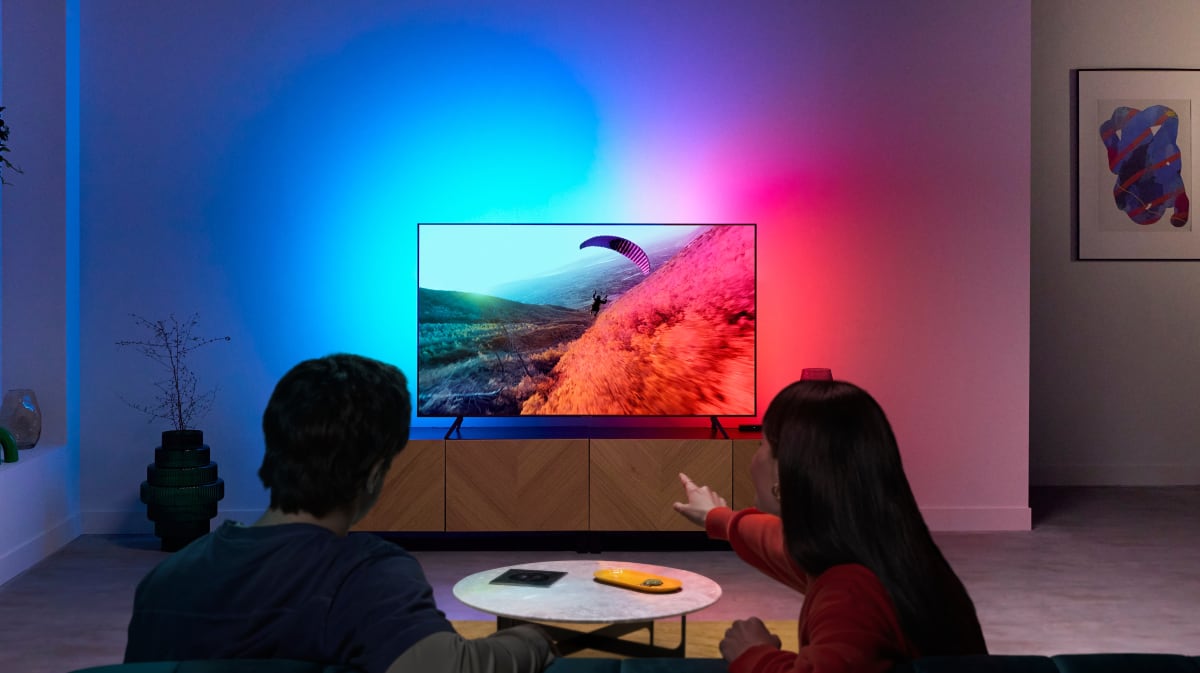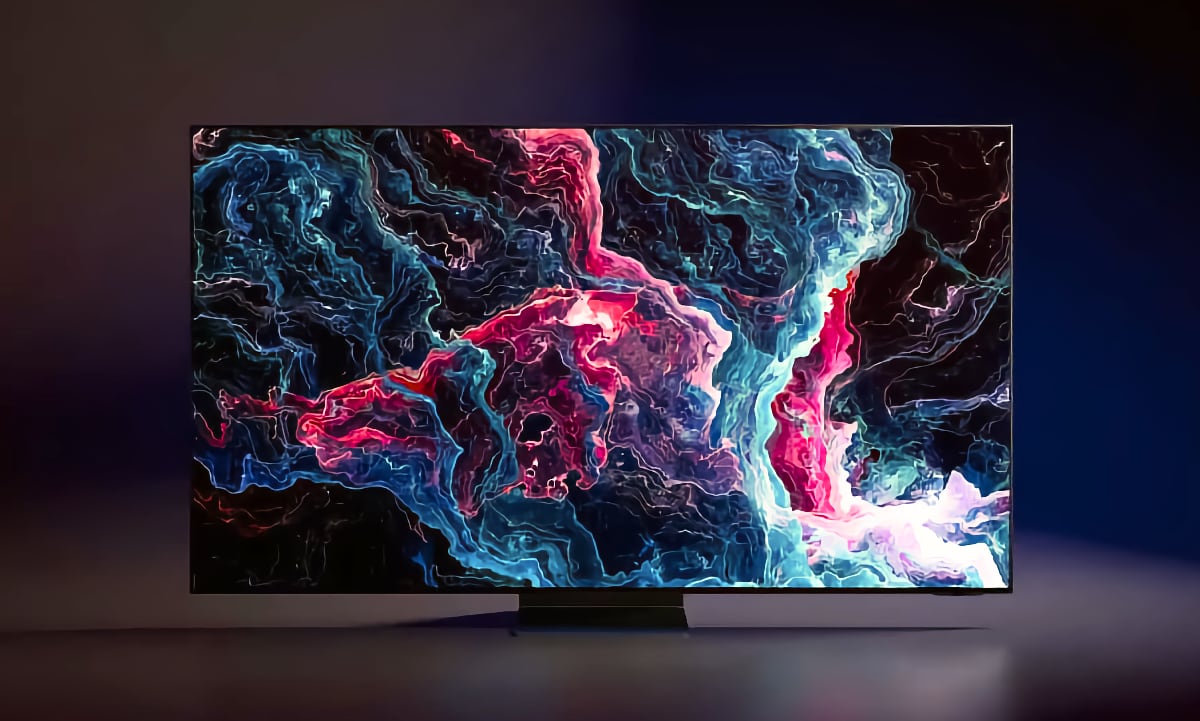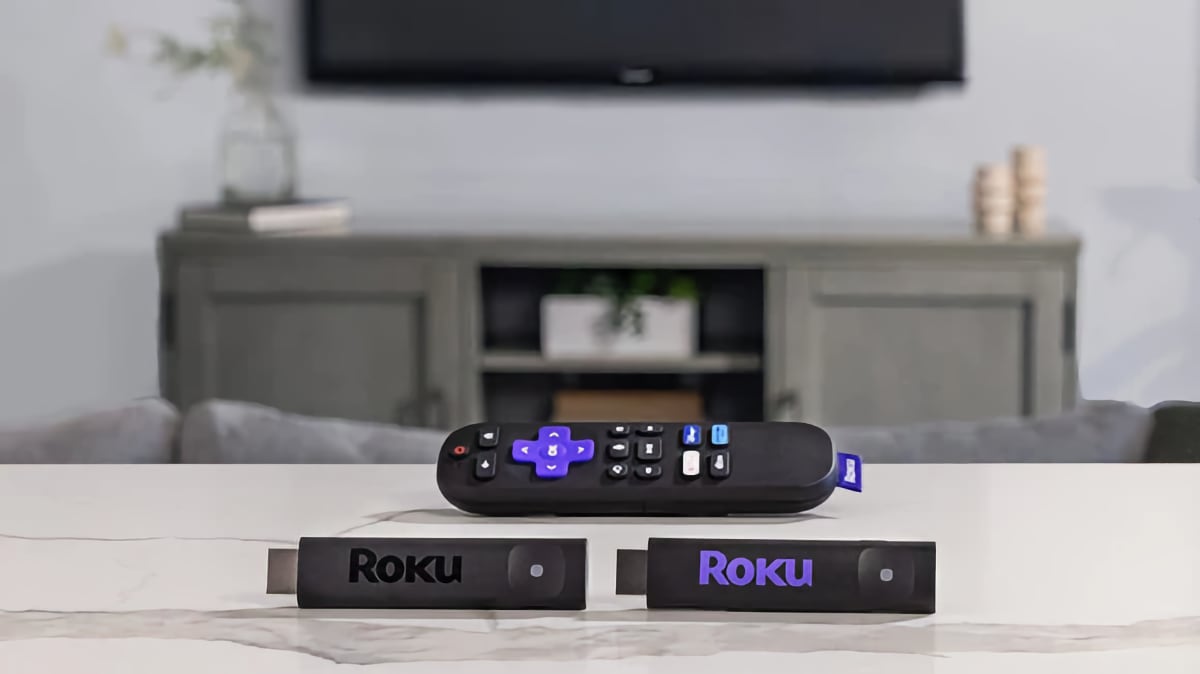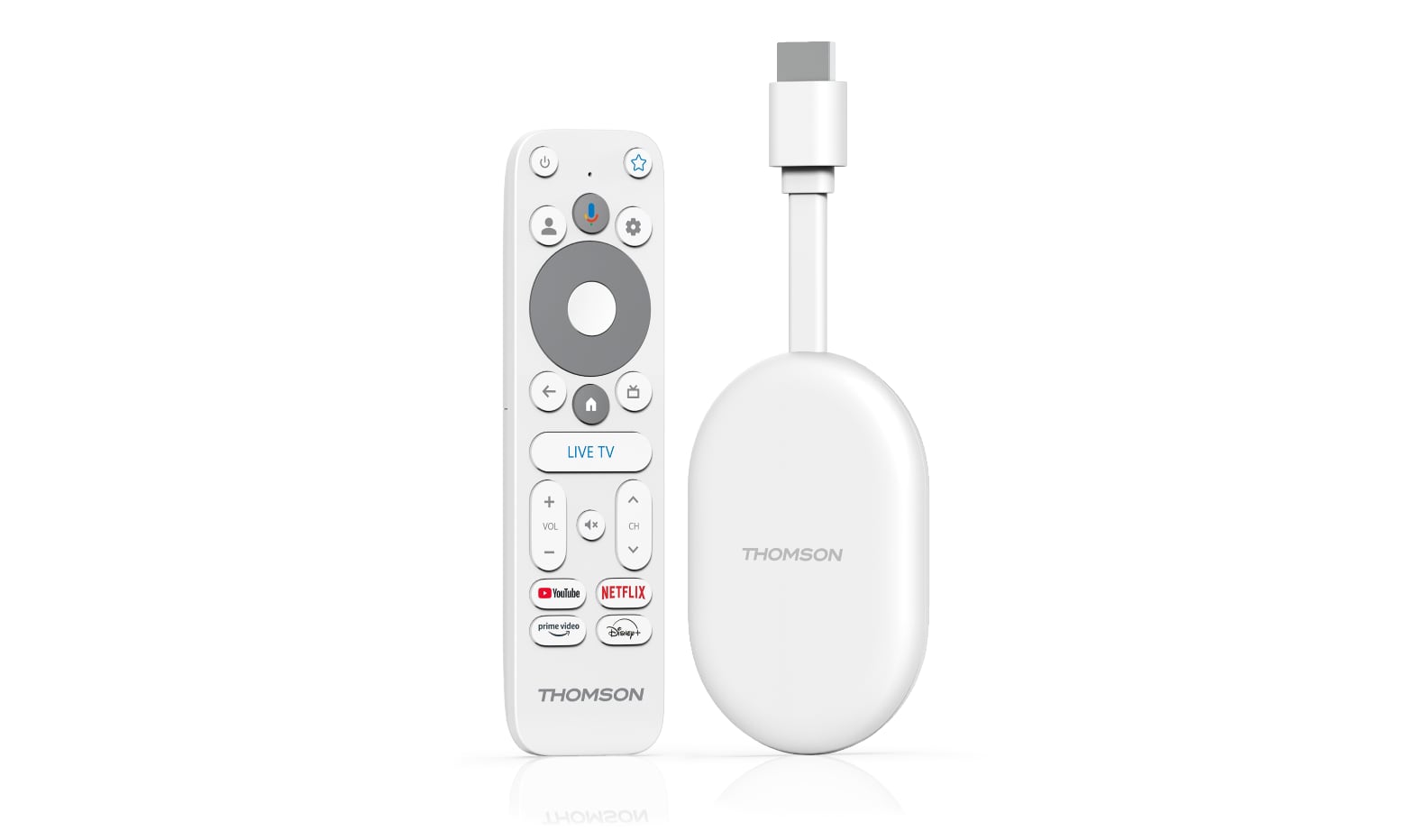Fractional frame rates such as 23.976fps are relics from the past, argues industry coalition NoMore2398 who is calling on the electronics industry to phase out support.
Rewind. All the way to the analog NTSC era, which introduced the fractional frame rate in order to make color television backwards compatible with black-and-white receivers.
- "In 1953 a new NTSC (National Television System Committee) standard was adopted which allowed for broadcasting in color while also being compatible with the then existing stock of black-and-white receivers. The idea was to carry color information via a sub-carrier only the former would recognize. One problem emerged: the bandwidth used by the color sub-carrier could interfere with the audio signal and cause inter-modular beating. In order to avoid this issue, it was decided to reduce the frame rate by 0.1%," the industry coalition NoMore2398 explained.
It also affects movies shot and mastered in 24.00fps because "in order to convert the 24fps to 29.97fps (NTSC), the content has to be first slowed down to 23.976fps, and subsequently converted to 29.97fps using the 3:2 pull down process".
And then it stuck – baggage from the past. Fractional frame rates have propagated throughout the video chain, leading to obscure standardized frame rates like 23.976, 29.97, and 59.94fps as opposed to the original non-fractional (or integer) frame rates: 24.00, 30.00 and 60.00.
Fractional frame rates cause various issues, the industry coalition said, including higher production and distribution costs, out-of-sync video/audio, unnecessary complexity, and slowing adoption of HFR (High Frame Rate).
A call to phase out fractional frame rates
The industry coalition, led by JayDee Vandenberg who is director of post production at Walt Disney Animation Studios, is calling on the TV electronics industry to phase out support.
- "We are calling for the electronic display industry to begin to phase out support for fractional frame rates over time so that content can be displayed at its intended frame rate. This should include displays, recorders, play back devices, and cameras among others," they said. "We invite all stakeholders, content creators, industry leaders, television and movie executives, editors and mastering artists to agree on a timeline upon which fractional frame rates will no longer be supported by newly released equipment."
- "We invite the manufacturers to use non-fractional frame rates (e.g. 24fps) and accurately indicate the correct frame rate for each device."
The industry coalition has created a website and is inviting industry members to join their LinkedIn and Facebook groups.
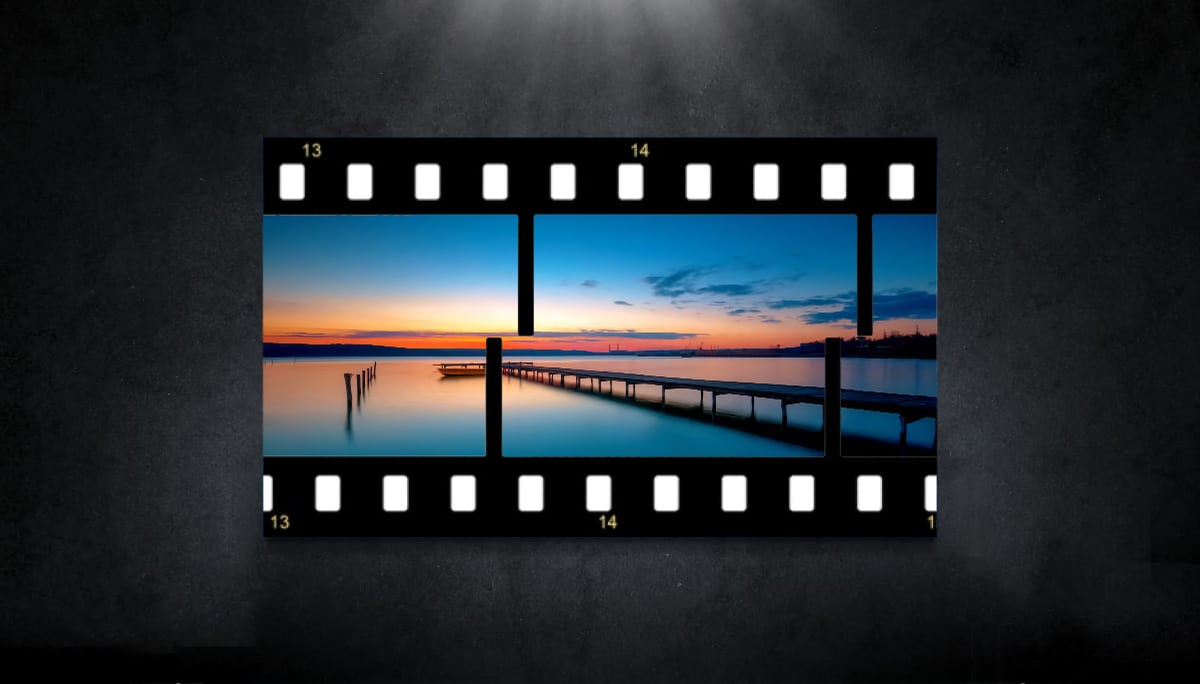
Fractional frame rates can introduce out of sync issues
The hardware situation
It is a complex situation that will take years to sort out. TVs and Blu-ray players typically support both fractional and integer frame rates but there are exceptions and challenges. As noted in our Xbox Series X review, the console accepts 24.00fps Blu-ray discs but always outputs at 23.976Hz, which results in stutter (a dropped frame) every 41 seconds – it is not only a matter of compatibility.
As for streaming boxes, some lack proper support and due to a larger variety in content frame rates from streaming services, devices must also support frame rate matching for optimal results. For example, Apple TV 4K is the only streaming box, as of tvOS 14.5, that supports both integer and fractional frame rates combined with automatic frame rate matching.
Streaming services like Disney+ (Loki, The Falcon and the Winter Soldier) and Netflix (The Irishman, The Witcher) are making some new releases available in 24.00fps whereas catalog titles are available in 23.976fps.
A call to phase out fraction frame rates
| As explained by the industry coalition:
Issues created by fractional frame rates:
- Increase in cost of production and mastering to account for both frame rates.
- Increase in cost of distribution (storage, QC check, transfer, …) as all the assets have to be stored in both formats doubling the needed storage.
- The fractional frame rates in use have an infinite set of repeating decimals digits resulting in different values being used in practice (e.g. 23.98 or 23.976 is in reality 23.976023976023976023976023976023976023…)
- Inaccurate frame rate is indicated on some recording and playback devices (reported as 24fps while, in reality, running at 23.976fps), which introduces a mismatch in editorial and out of sync issues down the line.
- Creation of two extra timecode systems: drop-frame and non-drop-frame.
The 0.1% slow down propagation down the pipeline, which creates even more fractional frame rates (e.g. 59.94fps).
- Slowing down adoption of HFR (High Frame Rate) technology because of the cost and complexity of supporting fractional frame rate as well.
What they propose:
- We believe fractional frame rate is a technology of the past and should be phased out over time.
- We invite the manufacturers to use non-fractional frame rates (e.g. 24fps) and accurately indicate the correct frame rate for each device.
- We invite the industry to transport and display content at their intended frame rate.
- We invite all stakeholders, content creators, industry leaders, Television and Movie executives, editors and mastering? Artists? to agree on a timeline upon which fractional frame rates will no longer be supported by newly released equipment. |
FlatpanelsHD



